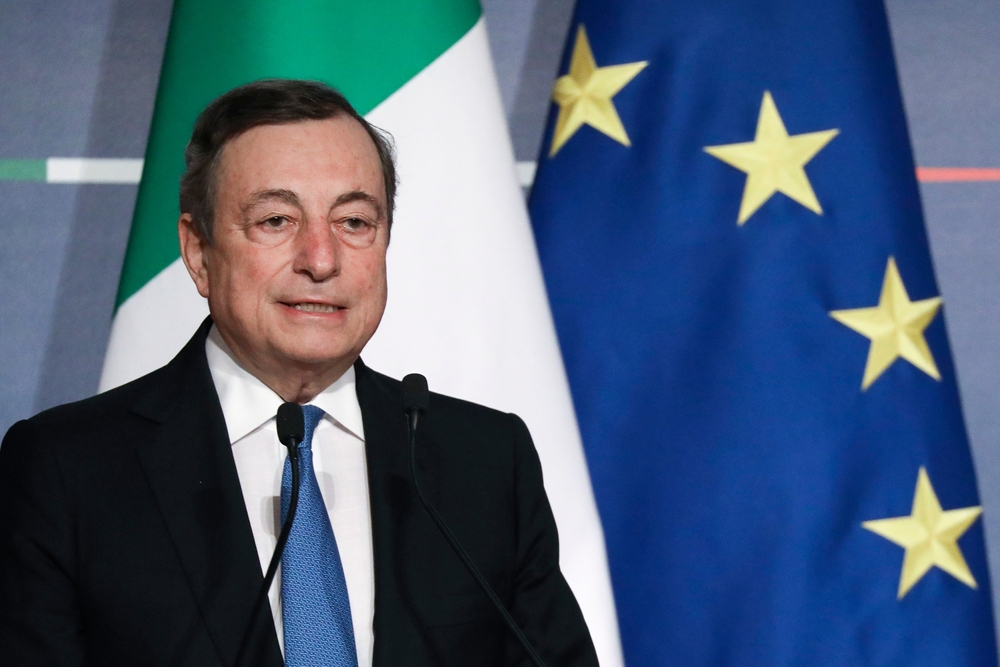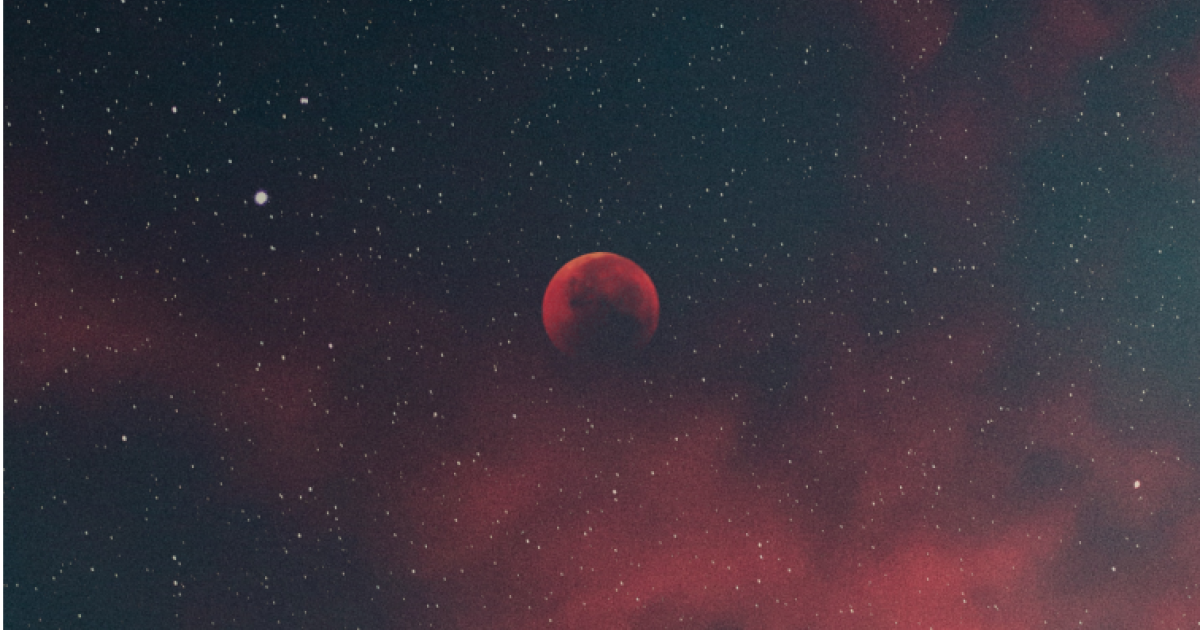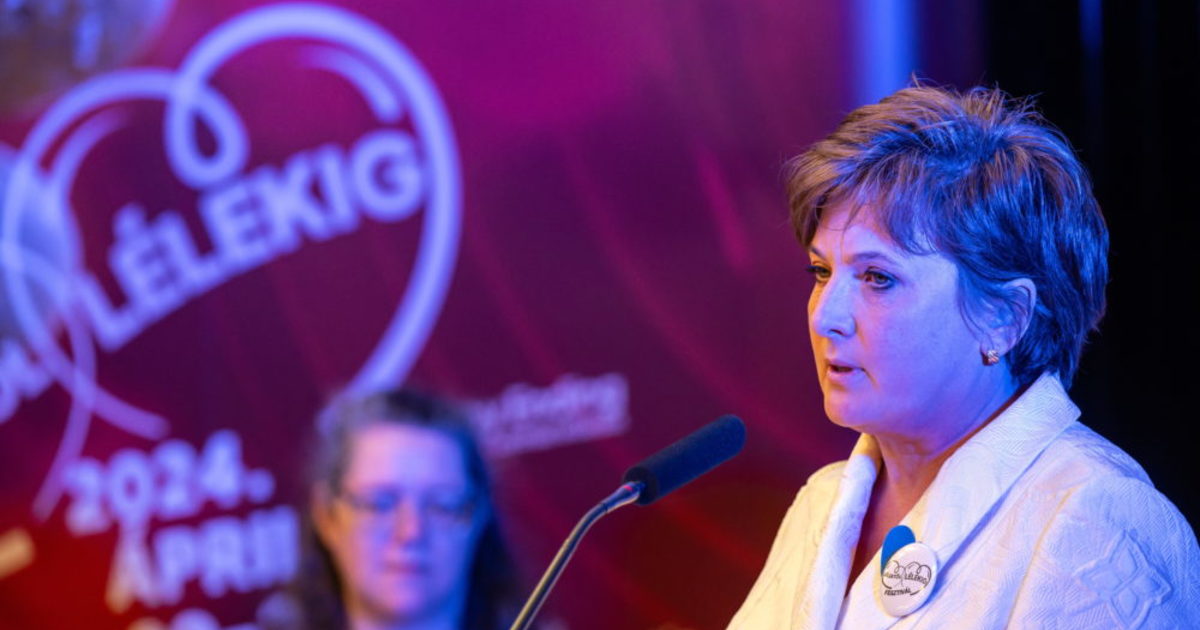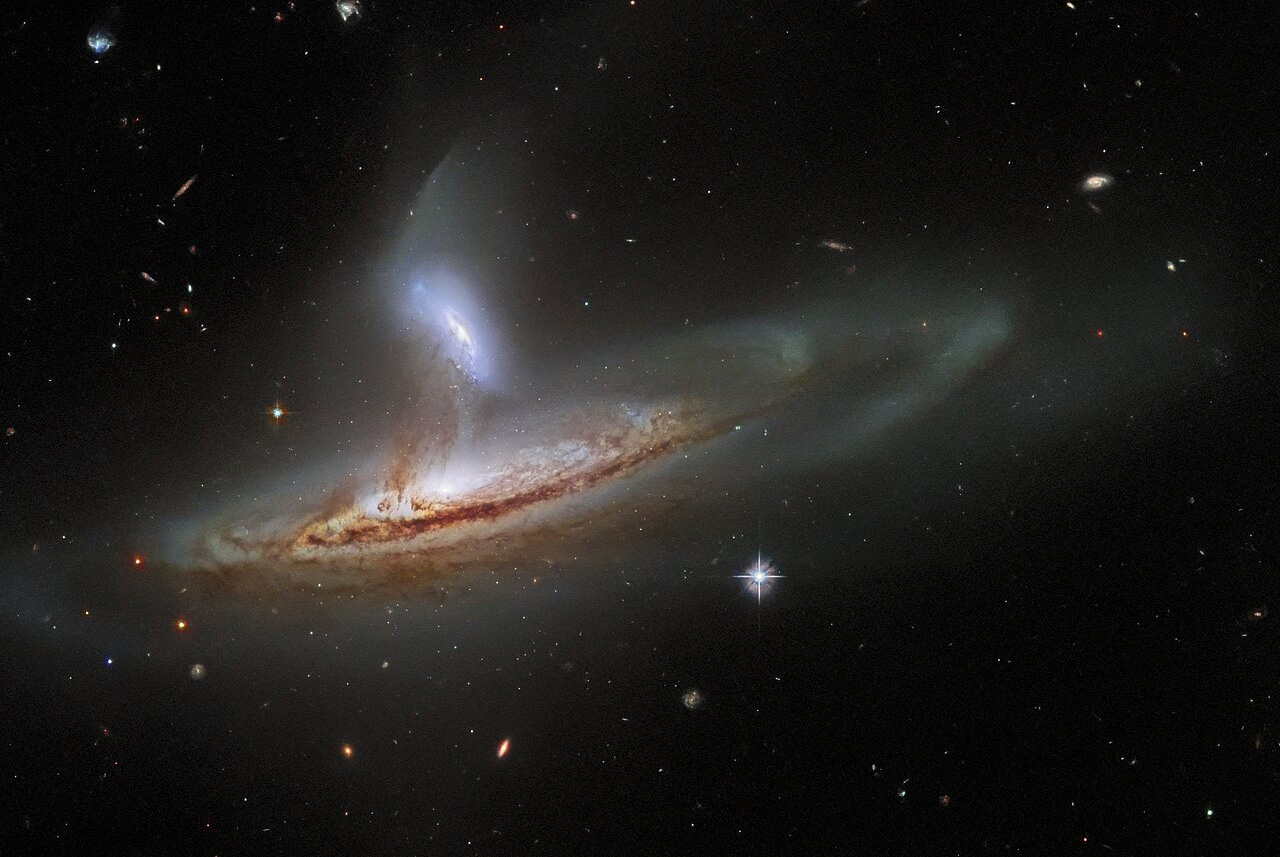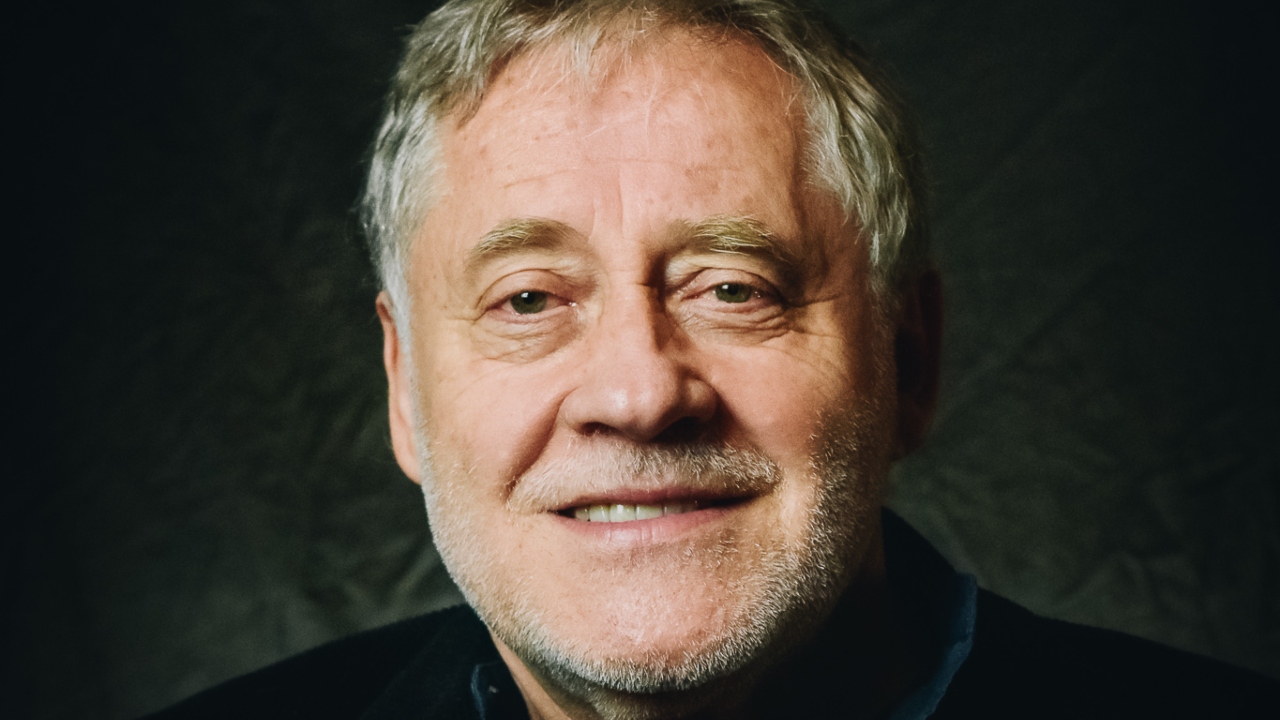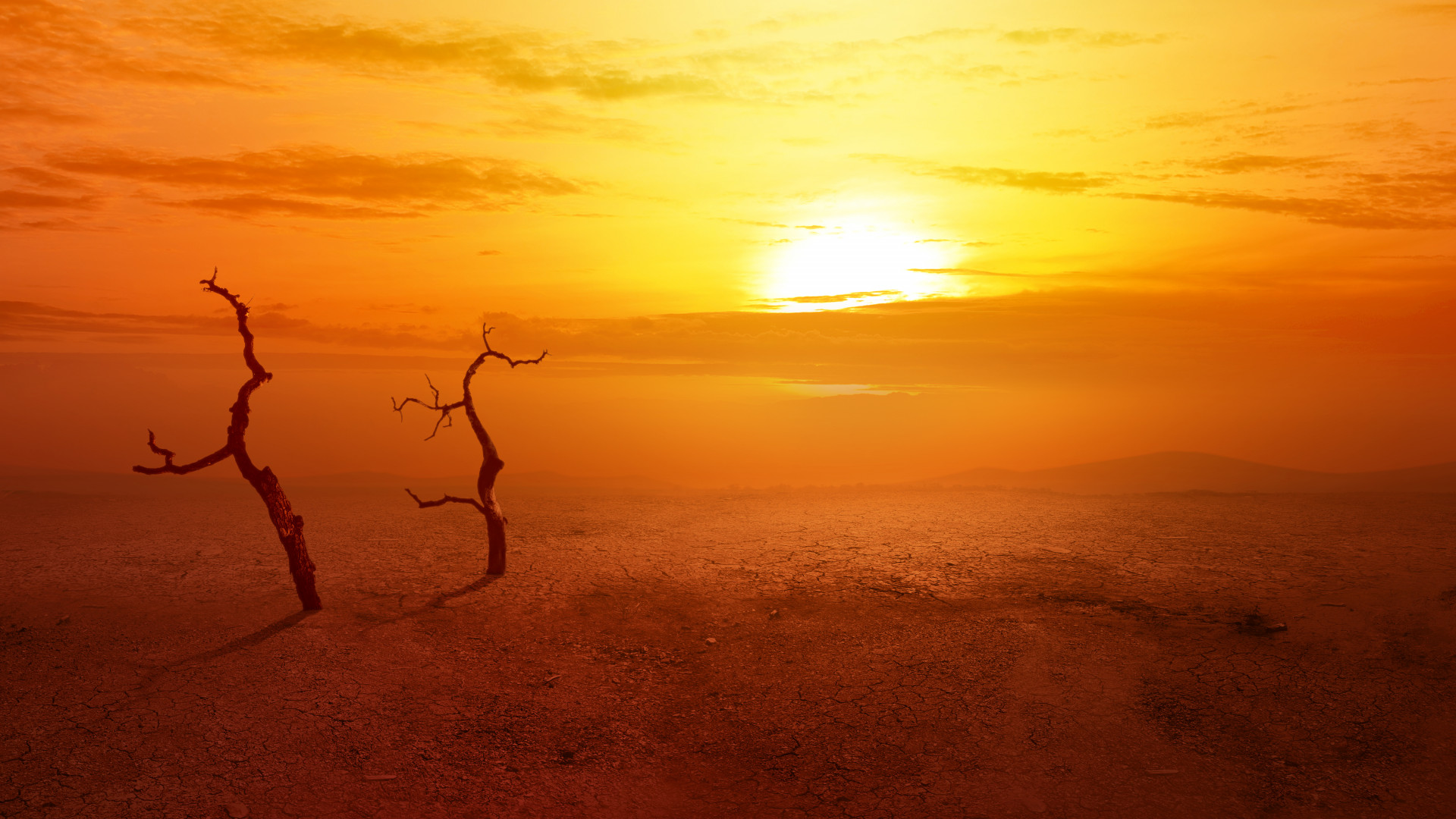But what is the difference between model and reality? In the apt words of my former chemistry teacher, the model is nothing more than “truncated reality”, mapping only those elements of complex natural processes about which we have enough knowledge and enough observational data to be able to cast in mathematical form, given the limited power of supercomputers. . Thus, the scope of real scientific knowledge and observations is much broader than that simplified in global climate models.
Physical phenomena that we are already aware of, but have not yet been able to fit into a reliable mathematical formula due to a lack of sufficient observational data, are simply not included in the model.
Just last week, one was published in the journal Science Advances study about underwater tsunamis detected around Antarctica when glaciers break off, which is completely absent from models that predict the state of glaciers and sea ice. But there are also sporadic field observations of greenhouse gas emissions from 30 million square kilometers of permanently frozen ground (permafrost), which are far from sufficient for the known self-excitation process to be reliably accounted for in the world. climate models.
The ability of models to predict how reducing air pollution from burning fossil fuels will increase the Earth’s ability to absorb solar radiation, and thus intensify global warming, is similarly weak. These and similar phenomena are not independent of each other, but are part of a huge complex system, in which factors can (less often) reinforce each other by acting on each other.. Therefore, if any of them are not included in the global models or are not included correctly, it will not only spoil the prediction accuracy of the particular phenomenon, but also the global climate predictions.
Namely, the more we look into the future, the more unreliable the predictions become.
Climatic elements are called They form a complex nonlinear system, the characteristic of which is that even the smallest events can cause huge and unexpected changes in it (the so-called The Butterfly Effect). That’s why it is Despite the incredible development of computer speed, the weather forecast that can be taken seriously these days does not extend for more than a week.
However, politics and human consciousness cannot tolerate the threatening uncertainty of the future at all, so it cancels out the predictions of global climate models and considers them to be true, which also adjust their predicted actions into the future.
So we expect the truncated reality to work in the same way as the real one.
It’s the same as expecting a three-legged, half-blind deer to thrive in the wild just as well as its healthy counterparts. due to neglect or overestimation of important phenomena and their interactions (the so-called feedback) Typically, models “outperform” reality, that is, they paint the future less bleak than it will be in reality. This is not at all in spite of politics and the majority of people, because the looming future at least does not overshadow the forgotten moments of the present and gives less incentive to immediate and effective action.
In the first half of the 1980s, the world had a similar attitude to the damage to the ozone layer caused by human activity – at that time it was only assumed – as it does today to global climate change. A decade earlier, science recognized by winning the Nobel Prize in Chemistry that some man-made substances damage the ozone layer, other scientists created global models that predict the expected future development of the ozone layer, and global policies began to solve the problem in the ozone layer. in a funny way. In 1985, it was placed under the roof to protect the ozone layer Vienna Conventionsimilar to the climate agreements, on a kind of no-action basis. It contained nothing but meaningless statements that international research should be coordinated in the investigation of this dangerous phenomenon, because “there remains a great deal of scientific uncertainty regarding the root causes,” and that “no consensus has yet been reached regarding the production and use of the substance.” . in the question “.
Yes, but in the same year an ozone hole appeared over Antarctica – more precisely, it became so large that it was scientifically confirmed, otherwise it was first discovered only in 1982. phenomenon — which none of the global ozone models that established the Vienna Convention predicted, not even in a hundred-year time frame.
How or not In the panic that followed, events accelerated, and the cause of the phenomenon was discovered the following year with an international scientific expedition (which was completely missing from the previous models), and the Montreal Convention containing actual obligations and restrictions was born in 1987, which everyone cares about today as one of the success stories in the field of international environmental protection. The Vienna Convention, as an unpleasant prelude, plunged diplomatically into the obscurity of benevolent oblivion.
It’s exciting to play with the idea of what would have happened to the living world of our planet had nature not opened the door to us at just the right time, and the “solution” to the ozone problem, like climate change, was orchestrated by the stalling tactics of political and economic interests.
Thus, it follows from the work of the global human community so far that humanity may be able to solve a global environmental problem quickly and efficiently with the help of science, but only if
- terrified enough and
- The efforts required for resolution do not harm strong economic, political and social interests.
In the case of global climate change, none of the conditions are met right now, so successive climate peaks are just habitual smearing, without a realistic chance of meaningful progress. Since the changes are likely to be more drastic than we expect, sooner or later everyone will be afraid. But by then it will definitely be too late. Humanity, blessed with the ability to think, would do well if and as long as it was still possible.
This on the other hand, the view section of the portfolio.
The article reflects the opinion of the author, which does not necessarily coincide with the position of the Portfolio editorial team. If you would like to comment on the topic, send your thoughts to [email protected]. Portfolio review section on the other side. published articles over here can be read.
Cover image: Getty Images





